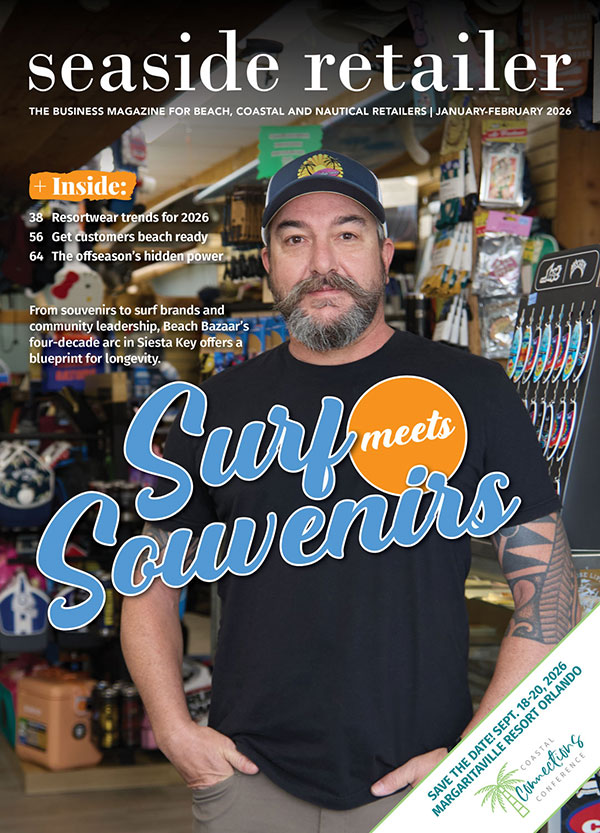
A store’s atmospherics has a powerful influence over the way in which customers move through it and view — or fail to view — the merchandise within. Observing how customers are moving around a store can provide clues on how to create a better layout, one that will ensure full penetration into the entire selling space.
How merchandise is categorized within that layout is also critical; it should make shopping easy and to the point. At one glance customers should be able to understand exactly which products can be found in each section of the store.
One home accessories store was able to increase its sales by 61%. The store’s owner attributes 90% of that increase to changing its atmospherics.
Previous to making changes, customers had been entering the store but not fully exploring it. Instead, they would come in part way then turn around and walk out. In retail, this is known as “boomeranging.”
Two main atmospherics improvements were made to improve store flow and make it easier for customers to find what they were looking for.
First, the main pathway was cleared of any fixtures that were hindering easy access to the rest of the store, past a bottleneck area where a half-round cash desk was located. Simply doing this created better traffic flow and allowed the majority of the store’s merchandise to be easily viewed.
The next step was recategorizing the wares — a more complicated task. The sales team had to work with a very large assortment of merchandise in a wide range of price points. For this size of store, it’s recommended to keep to no more than four major “stories,” so finding homes for each category of items was a challenge. Grouping different products into tightly clustered themes seemed the best recourse.
In the end three distinct stories were created: casual fun for all the brightly colored and popularly priced items, natural earth for neutral and earth-toned merchandise, and classic elegance for gold, silver and copper items.
"Observing how customers are moving around a store can provide clues on how to create a better layout, one that will ensure full penetration into the entire selling space."
There was also a middle bridge area where new merchandise of any theme could be featured. Now any shopper strolling through the entrance could see all three sales stories at once.
Implementing these two basic strategies became a fun and interesting project for the store’s staff — and made shopping in it a much more pleasurable experience for its customers. As the owner noted, “Customers are responding positively to the atmosphere and many are coming in just to see what new displays we have.”
By creating a solid foundation for the store by first improving its layout and then by employing an effective merchandise categorization plan, the selling space became more inviting and so much easier to shop in.
You can do the same in your store. Start by observing the traffic patterns of shoppers. Figure out where your customers aren’t going and what they aren’t seeing. Make the necessary changes to the layout and to product groupings. The more store customers get to and the more products they see, the more likely they are to buy.

